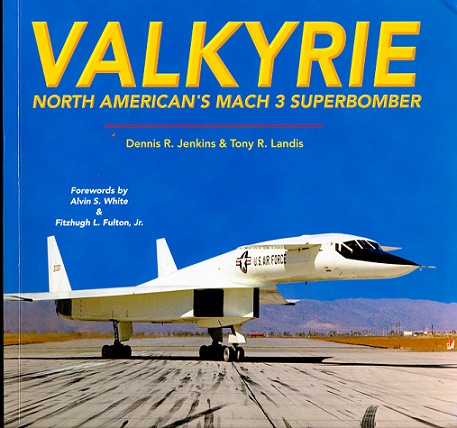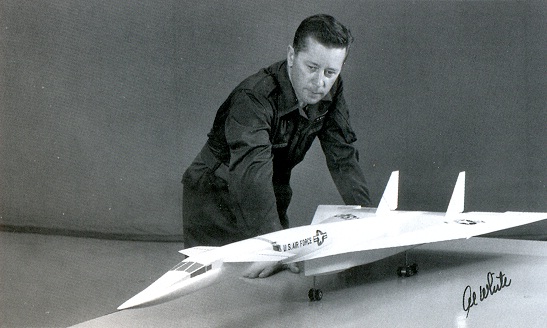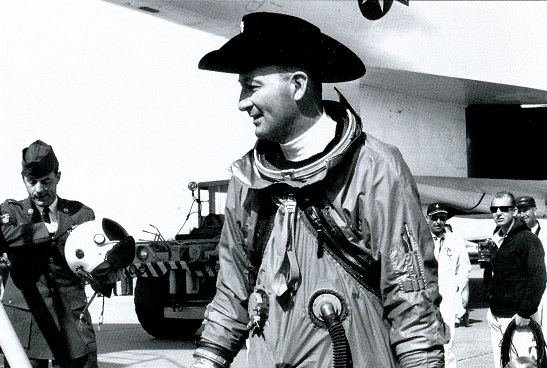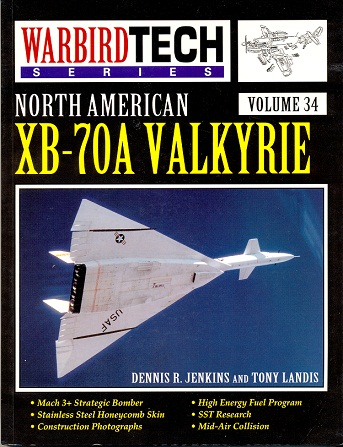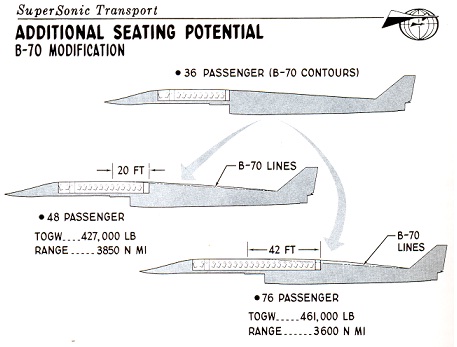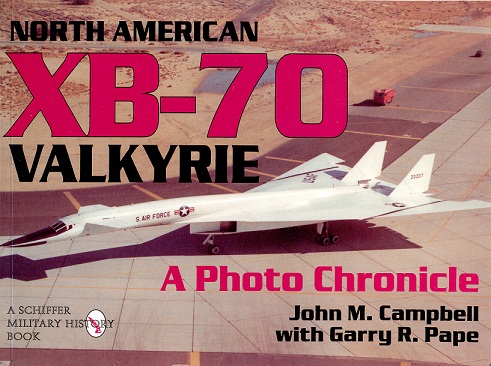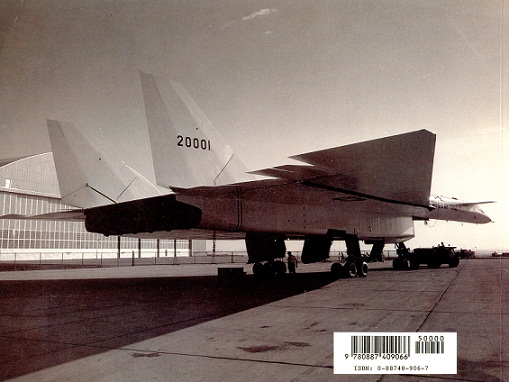
The XB-70 Valkyrie was envisioned as a long-range, high-altitude triplesonic experiment in flight, capable of Mach 3 at 74,000 feet at a time when fighter aircraft one-tenth its weight could barely reach doublesonic speeds.
Conceived with high hopes in 1954, only two prototypes were ever completed-one of which crashed during flight testing, killing the crew.
But though considered obsolete before it ever left the ground, the Valkyrie gave birth to a whole family of innovative technologies-advances in materials and methods that made possible the B-1, B-2 and F-117 A.
In North AmerIcan XB-70 ValkyrIe, aviation historian Steve Pace tells the complete story of this ill-fated aircraft, from its development as the most promising successor to the 8-52 to its eventual abandonment 15 years later in the face of changing military priorities.
Explore the XB-70A's high-speed, high-temperature design.
Meet the people behind the airplane: engineers, officers, designers, pilots, and more.
See new photographs of everything from cockpit to landing gear.
And learn about a third XB-70 prototype that was never completed.
You'll find all of this and more, in this new edition of North American XB-70 Valkyrie.





